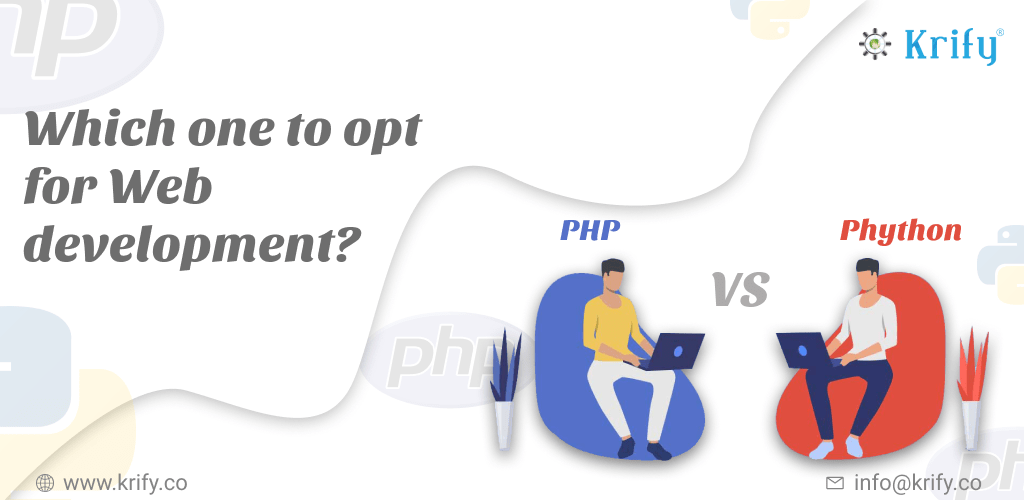Title: Unlocking the Potential: Python vs PHP Web Development
Introduction: In today’s bustling IT landscape, the demand for proficient backend developers is soaring, driven by the necessity for a strong digital presence in every venture. Python and PHP stand out as leading contenders in this domain, each offering unique advantages for web development. Python’s elegant syntax and versatility, alongside frameworks such as Django and Flask, enable the swift development of scalable web applications. Meanwhile, PHP, a stalwart in web development, offers simplicity and efficiency, especially through frameworks like Laravel and Symfony. When comparing Python vs PHP web development, various factors such as project requirements, team expertise, and scalability must be taken into account. Both languages come with their own set of strengths and weaknesses, necessitating careful consideration for successful web development endeavors.
Subheading: Unlocking Potential: A Comparative Analysis of Python and PHP Web Development
Content: Introducing Python and PHP: Python, an interpreted language renowned for its versatility, finds applications in web development, software engineering, and system administration. Its intuitive syntax, resembling English, makes it a favorite among developers. Python’s appeal extends to data scientists, offering a plethora of functions and compatibility across various platforms.
On the other hand, PHP, an open-source scripting language, excels in generating dynamic web content and managing server-side operations. From file manipulation to database interaction, PHP empowers developers with its simplicity and robust functionality. Despite competition from ASP, PHP remains a cost-effective solution for many businesses.
Key Features of Python:
- Ease of learning and maintenance.
- Cross-platform compatibility.
- Extensive library support.
- Efficient memory management.
- Interactive sessions for testing.
- Dynamic data and type inspection.
- Seamless integration with Java, C, and C++.
Key Features of PHP:
- Support for multiple databases, including Oracle and MySQL.
- Efficiency compared to ASP and JSP.
- Open-source nature, facilitating widespread adoption.
- Predefined error reporting constants for streamlined debugging.
- Access logging for enhanced security.
Distinguishing Features of Python and PHP:
- Framework: Python offers frameworks like Django and Flask, while PHP boasts Codeigniter and Laravel. Both provide efficient solutions, with Django gaining popularity for its minimal setup.
- Debugging: Python offers the comprehensive PDB debugger, whereas PHP relies on the XDebug package.
- Library Support: Python’s extensive library support surpasses PHP’s, although PHP’s Packagist repository remains robust.
- Speed: PHP’s latest iterations, notably PHP 7.x, deliver impressive speed, outperforming Python in certain scenarios.
- Ease of Learning: Python’s concise syntax and web-centric design contribute to its ease of learning, setting it apart from PHP.
- Community Support: Both Python and PHP benefit from strong community support, offering assistance and resources to developers.
In Conclusion: The choice between Python and PHP for web development depends on project requirements and individual preferences. While Python offers simplicity and readability, PHP boasts seamless integration with popular CMS like WordPress. At Krify, our team of professionals excels in both languages, ensuring the success of your web projects. Contact us for expert consultation and robust solutions tailored to your needs.
This revised version maintains the readability while ensuring better keyphrase distribution and utilization in subheadings for improved SEO performance.



